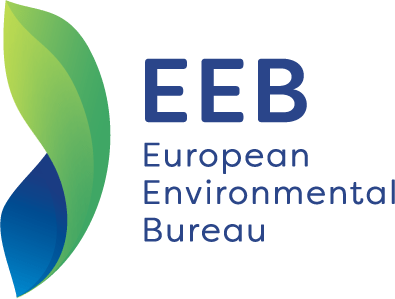Subsidies can’t fix weak regulation, EEB warns on EU’s new state aid rules for clean industries
Today the European Commission adopted its Clean Industrial Deal State Aid Framework (CISAF), a key tool to steer public support towards Europe’s green and industrial transition. The updated rules include some welcome improvements, such as stronger conditions for renewable hydrogen, efficiency, and clean tech. But they still fall short of ensuring public money is used only for proven, effective decarbonisation technologies.
Quote
“While the CISAF supports green investments and rightly requires recipients of public funds to contribute directly to the green transition, it still leaves loopholes that allow EU governments to fund fossil gas and costly, unproven technologies like carbon capture and storage (CCS). Subsidies should not serve as a patch for weak regulation and must be tied to enforceable environmental and social conditions. Public money must not become a lifeline for wealthy polluters under the guise of a green transition,” said Riccardo Nigro, Senior Policy Officer for Zero Pollution Industry at EEB.
The good
- Support for renewable hydrogen: Prioritises renewable hydrogen produced with wind and solar, not fossil-based alternatives.
- Strong DNSH safeguards: Investments in renewables and low-carbon fuels must comply with the “Do No Significant Harm” principle.
- Mandatory green investment allocation: Aid recipients must allocate at least 50% of public funds to investments that support the green transition and reduce energy system costs (e.g. replacing fossil fuels with renewables).
- Material efficiency recognised: Projects improving material efficiency are given priority status.
- High environmental standards for cleantech: Cleantech manufacturers must use the best available low-emissions production technologies.
The bad
- Pollution costs ignored: The framework fails to internalise negative externalities. Public money may subsidise polluters without accounting for the environmental and health costs they impose.
- Subsidies compensating for weak policy: It assumes industrial underperformance stems from market failures, when in many cases it’s poor regulation and weak enforcement. Public aid should not replace strong laws.
- Public interest not guaranteed: Aid should be clearly tied to the EU’s environmental and strategic autonomy goals, but the revised framework leaves too much room for interpretation.
- Fossil gas still eligible: Despite safeguards (Art. 146–148), fossil gas investments remain allowed (Art. 128), undermining climate goals.
- False solutions in scope: Technologies listed under the Net-Zero Industry Act (including nuclear and CCS) are eligible (Annex II), potentially diverting funds from cleaner, proven solutions.
- Weak CCS conditions: CCS requirements don’t ensure projects are a last resort or that they won’t hinder more effective alternatives like efficiency or electrification.
- Electricity subsidies not green-targeted: Price reduction measures (Art. 112) apply regardless of whether the electricity is from clean or fossil sources.
- Non-binding social & circular goals: The framework only encourages Member States to include environmental and social conditions; there are no enforceable requirements.
ENDS
Read our full response to the consultation on the CISAF here.

